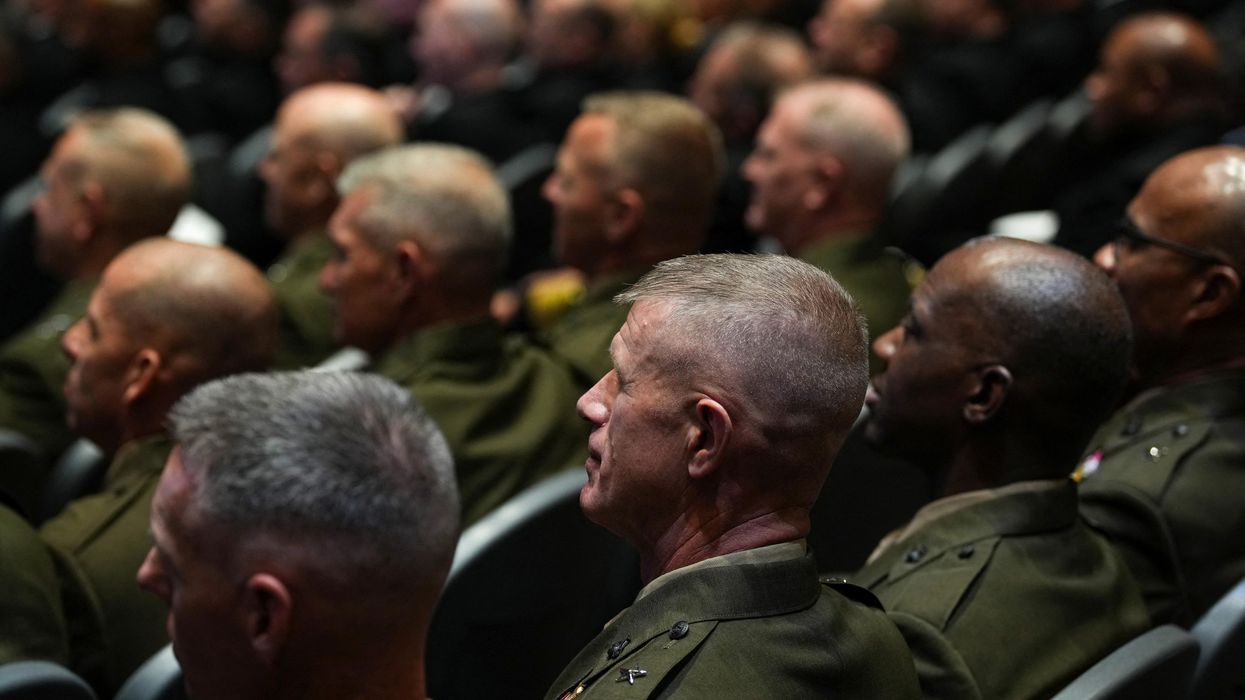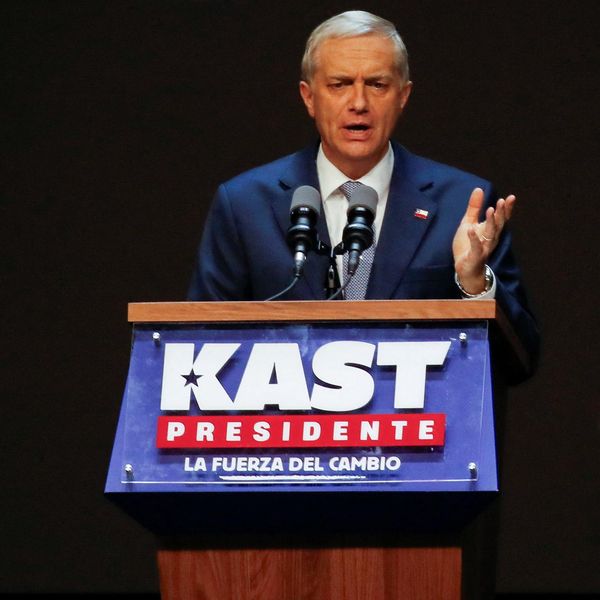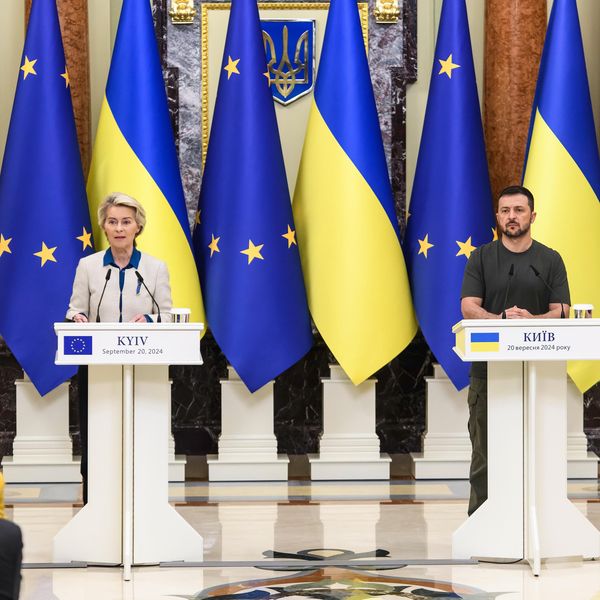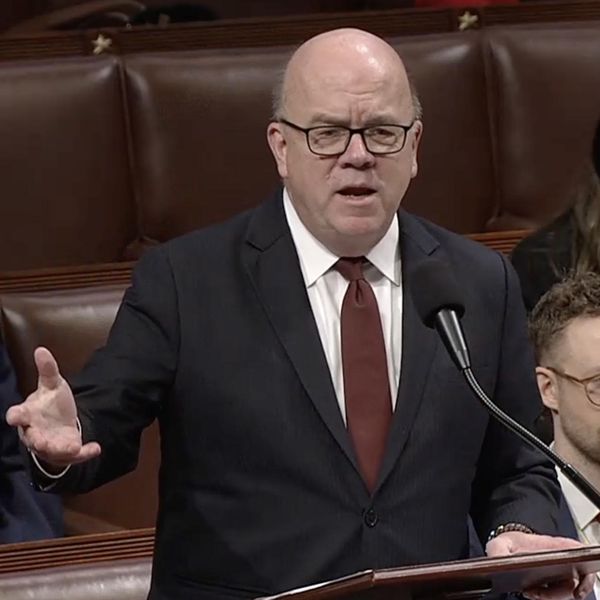The State Department has appointed career diplomat James DeHart as the U.S. Coordinator for the Arctic region. The announcement on July 29 comes a week after Secretary of State Mike Pompeo met his Danish, Greenlandic, and Faroese counterparts in Copenhagen and reaffirmed U.S. commitments in the Arctic in response to “increased global attention and military presence in the Arctic by Russia … and the threat of the Chinese Communist Party.”
DeHart’s role as a special representative for Arctic affairs had been left vacant for three years after Coast Guard Admiral Robert Papp retired from the post in 2017. Since then, the rhetoric on Arctic affairs coming from the State Department has markedly changed. Current statements from Pompeo differ from Papp’s policy priorities that included addressing climate change.
For the first time in Arctic diplomatic history, the Arctic Council Ministerial Meeting in 2019 failed to reach a joint declaration on protecting the Arctic environment after Pompeo took issue with the mention of climate change. Given the Trump administration’s record of reversing environmental protection regulations such as the ban on Arctic drilling, it is improbable that DeHart’s policy agenda will include urgent attention to climate change.
The Arctic is warming at twice the rate of the rest of the world and climate change is increasingly recognized as an urgent global issue that requires all hands on deck. Despite the mention of circumpolar cooperation, there is no allusion to the environment or climate change from the White House or the State Department in the recent Arctic-related statements.
Regarding security issues, the diplomatic appointment comes at a time when Washington is increasingly attentive to Russian and Chinese interests in the Far North. In contrast to Papp’s acknowledgment that “Russia is doing those things we would be doing ourselves if there was an increase in traffic above our coast,” at the Arctic Council meeting, Pompeo condemned Russia’s “aggressive behavior.”
The State Department recently echoed Pompeo’s statements, when it announced a $12.1 million aid package to Greenland in April — a move widely seen as an attempt to counter China’s multibillion-dollar Arctic cooperation projects with Russia, Norway, Finland, Iceland, and the Faroe Islands. In the same press briefing, the State Department reasserted that it “do[es] not accept Beijing’s claims to be a near-Arctic state.”
DeHart will serve as the main adviser to Pompeo on Arctic affairs and will therefore lead and coordinate the Trump administration’s ongoing Arctic ambitions. The $740 billion National Defense Authorization Act for the fiscal year 2020 includes measures to build an Arctic strategic port, $100,000 to upgrade the North Warning missile-detecting system, and $46 million towards satellites that would improve telecommunications in the North. In April, the U.S. Air Force began transferring F-35 jets to Eielson Air Force Base in Alaska. The base is set to receive 54 jets and 1,300 support personnel by December 2021.
In June, President Trump announced his plan to expand the U.S. icebreaker fleet by ten new vessels to join the Coast Guard’s current two polar-capable icebreakers in conducting “national and economic security missions” in the Arctic and Antarctica, as well as scientific research.
Republican Senators from Alaska Lisa Murkowski and Dan Sullivan welcomed DeHart’s appointment on Twitter and noted their readiness to work together to advance national security interests in the Arctic. The Alaskan senators have long been proponents of highlighting the Far North in the national defense agenda, introducing a bill in 2019 to create a Defense Department Arctic security studies center.
A Foreign Service officer of 28 years, DeHart most recently served as the U.S. envoy for defense cost-sharing in South Korea, where the two sides were unable to reach a deal on Seoul’s contribution to maintaining 28,500 U.S. troops on the Korean Peninsula. Earlier, DeHart worked in security negotiations in Afghanistan and served as Deputy Chief of Mission at the U.S. Embassy in Oslo, Norway. DeHart taught a graduate-level course on NATO enlargement at Georgetown University.
In his first public appearance as U.S. Coordinator for the Arctic, DeHart recognized the importance of maintaining cooperation and communication with Russia, but also said he did not believe “that we can solve our problems with Russia through the Arctic.” DeHart was skeptical of restoring U.S.-Russia military to military contacts to avoid “giving them an additional voice into matters of security that we may wish to instead discuss with our close allies and partners.” In 2012, the Arctic Chiefs of Defense Staff established an annual conference to discuss search and rescue operations, maritime security, and military relations, but it was suspended in 2014 following the Ukraine crisis.
Judging by the tense security atmosphere in which DeHart is tasked to operate, the diplomat’s appointment may be an indication of a greater push from Washington for a more assertive U.S. Arctic policy. The Trump administration is nowadays moving from bombastic declarations, like the 2019 proposal to purchase Greenland from Denmark, to identifying the Arctic as a key region of great power competition. DeHart’s extensive experience as a senior official in international security and military cooperation makes him qualified for the role. His appointment is a signal that the Trump administration’s Arctic policy agenda going forward may be more forceful regarding military security.
















